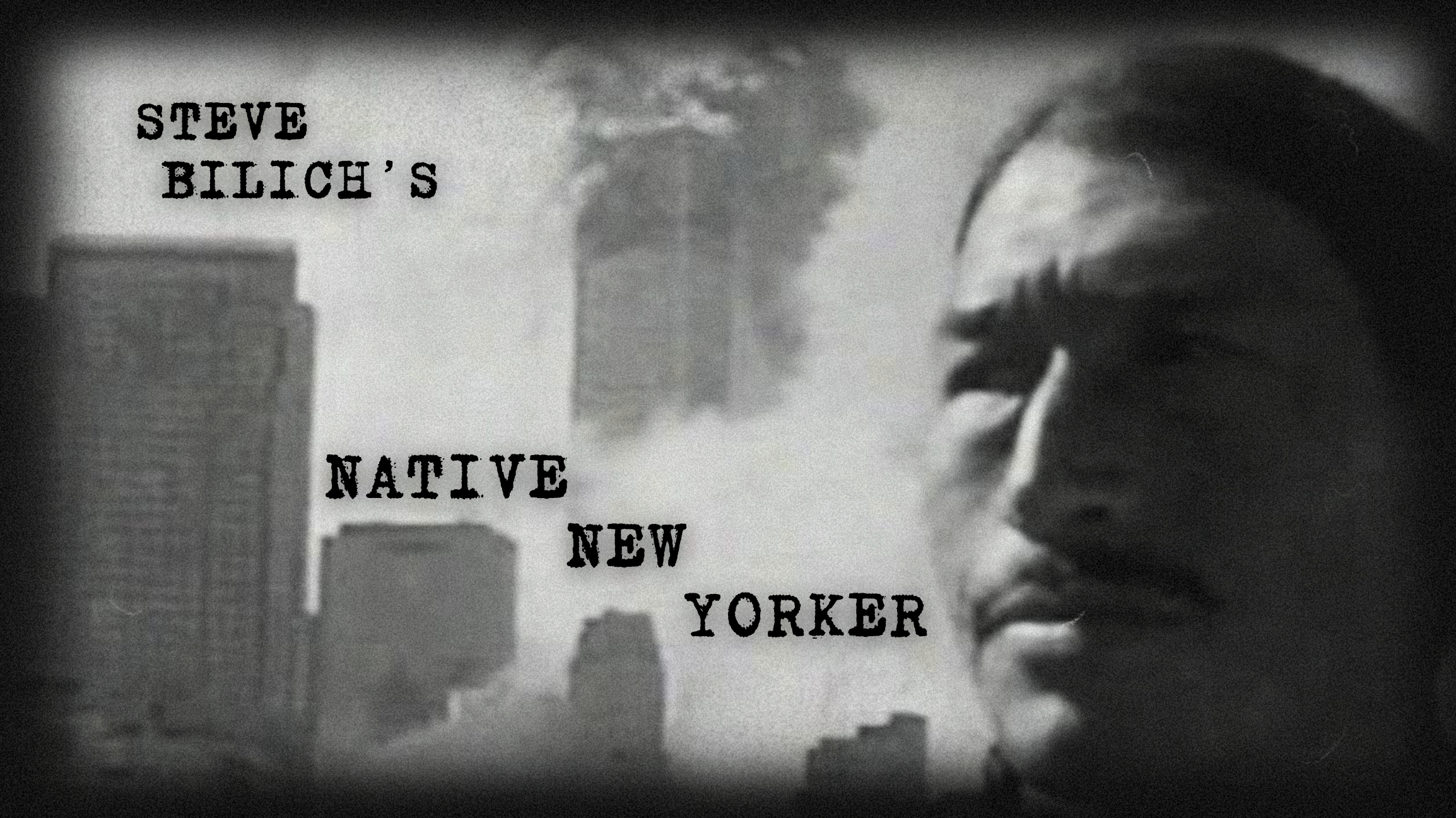On Tuesday, October 28th, The Film-Makers’ Cooperative presented a program of recent city-themed films by Mark Street, as well as an accompanying program of older city-themed works from the Coop’s collection co-curated by Street and GME associate Matt McKinzie. The program was titled THE REFRACTED CITY and showcased Street’s films RIVER OF DAYS, LUNETTE, ALL DAY AND ALL OF THE NIGHT, CLEAR ICE FERN, THE GRAIN OF BELFAST and DESCENT, alongside Marie Menken’s GO GO GO, Donna Deitch’s SHE WAS A VISITOR, Rudy Burckhardt’s SQUARE TIMES, Stan Brakhage’s THE WONDER RING, and Rick Liss’ NO YORK CITY.
GME President Jon Gartenberg curated numerous films by Street while working as a programmer at the Tribeca Film Festival from 2003 to 2014. Gartenberg once noted, about Street’s films: “The globe is Mark Street’s cinematic canvas onto which he impresses shimmering reflections and lyric montage sequences.” Gartenberg later joined Street on a day of filming in New York City, as part of an experience with a filmmaker that he won at an auction at The Film-Makers’ Cooperative. The resulting 16mm work — which Street titled CITY WALK — is a unique, one-of-a-kind piece in GME’s archive of experimental filmmakers’ work.
CITY WALK was included as a surprise addition to Street’s program at the Coop. Gartenberg wrote a heartfelt note about the experience of making CITY WALK with Street, which McKinzie read on his behalf.
Read More







